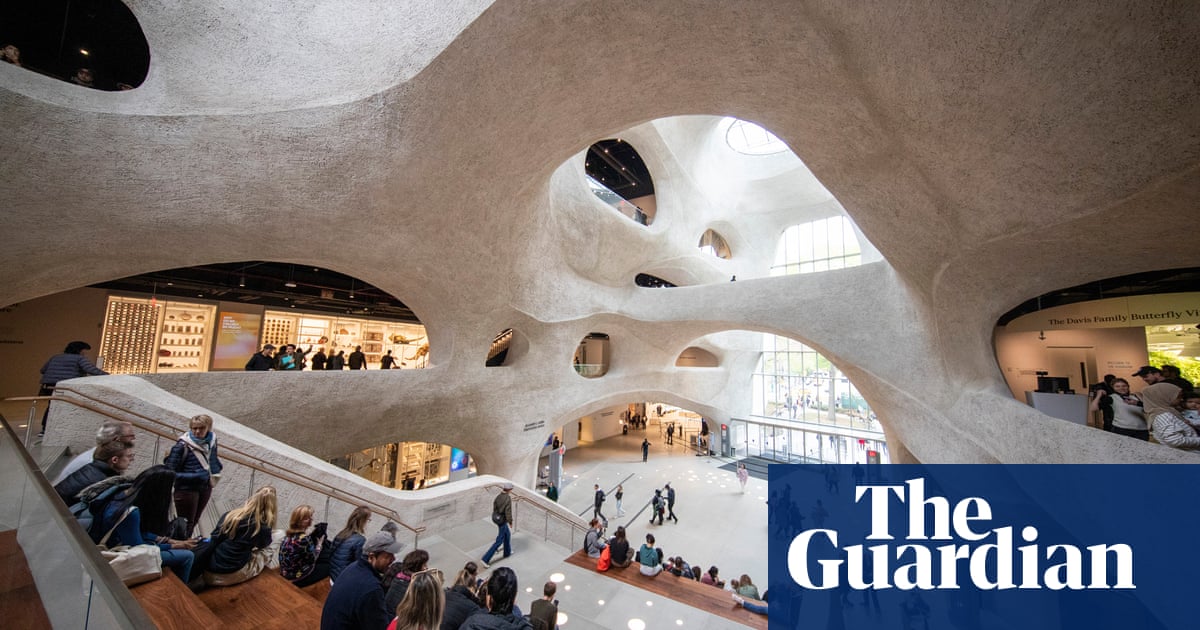
For almost 80 years, the shrunken human heads at Oxford University’s Pitt Rivers Museum have fascinated and appalled visitors with their sewn-up lips and eye sockets, and straggly long hair decorated with iridescent beetles.
But under a major revamp to address the museum’s problematic colonial past, the heads, which inspired a scene in the film Harry Potter and the Prisoner of Azkaban, have been removed from display, along with 113 other human remains, including decorated skulls, scalps and Egyptian mummies.
When the Pitt Rivers, one of the world’s most important ethnological museums, reopens later this month for the first time since the Covid-19 pandemic, visitors will instead encounter an ethical display of its collection. This will address how exhibiting human remains has “reinforced racist and stereotypical thinking” of other cultures, portraying them as “savage, primitive or gruesome”, said the museum’s director, Dr Laura Van Broekhoven.
The move is part of a wider project to educate visitors about the way many of the museum’s 500,000 artefacts were violently taken as a result of British imperial expansion and occupation, then presented in a way that portrayed other cultures as inferior. This will include commissioning contemporary artists from those countries to make work that more accurately reflects the origins of objects in the collection.
Van Broekhoven said most of the human remains removed from display came from India, Tibet, Malaysia, Nigeria, Papua New Guinea, Ecuador and the Solomon Islands.
Staff at the museum are reaching out to indigenous communities around the world to see whether they think the human remains removed from display, and hundreds more in its archives, should be repatriated to their country of origin, be redisplayed in a more respectful and accurate manner, or stay in storage.
Marenka Thompson-Odlum, a research assistant at the museum who reviewed the labelling of objects, said many human remains were originally collected and exhibited by anthropologists who believed in now-debunked, racist scientific theories about the superiority of certain races.
For example, archival records about 52 hair samples from the indigenous Ainu people of Japan exoticised their long hair and their beards. “They were termed ‘the hairy Ainu’ to explain that they were more ‘barbaric’ or ‘savage’,” said Thompson-Odlum, who added that the documents suggested some of the museum’s samples were obtained by forcibly cutting Ainu people’s hair.
The shrunken heads, or tsantsas, were originally made by the Shuar and Achuar people from the rainforests of Ecuador and Peru, who were once derogatively described as “headhunters”.
Three of the Pitt Rivers’ heads are thought to be authentic, with the other four believed to be forgeries made from corpses stolen from morgues and hospitals, a practice fuelled by demand from foreign collectors between the 1870s and 1930s.
Four of the tsantsas, which are the size of a large orange, were displayed along with other human remains and related objects from around the world in a cabinet labelled “Treatment of Dead Enemies”, which dated back to the 1940s.
Shuar delegates, who are working with the Pitt Rivers and researchers at University of San Francisco in Quito, Ecuador, to decide the future of the tsantsas, said the former display did not accurately represent their cultural practices.
Jefferson Acacho, a leader of the Shuar federation in Zamora, Ecuador, said the authentic tsantsas were not made from the heads of random enemies but clan leaders, some of whom died from natural causes. The objects were believed to contain the soul of the dead man, whose power could be positively harnessed for the community, he added.
Acacho said: “When a leader died it was a way to show respect for them. The lips and eyes were sewn together because it was thought that a head could still see and eat after death, which would give it more power. This would prevent them from gaining more power and causing harm.”
He said the tsantsas should be returned to his people because they were their most important cultural artefacts. But he also supported the heads being exhibited in museums in other countries as long as the displays were curated by the Shuar.
Dr Errol Francis, CEO and artistic director of Culture&, which this summer published a charter for museums to decolonise their collections, said: “I’m glad that, at last, these ghoulish displays of the colonial body as the dehumanised object of the western gaze is beginning to be addressed. We also welcome other reforms such as reviewing the language used in the interpretation of the collection.”












